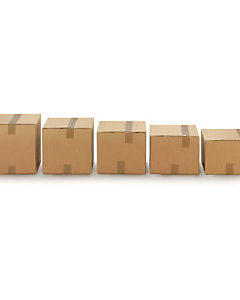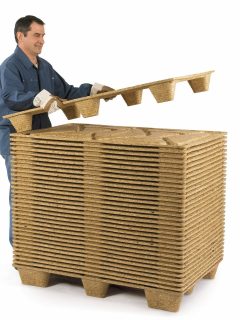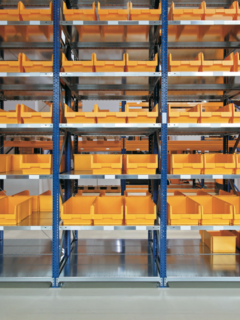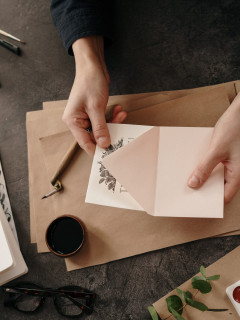In the last article we started with the topic of plastics in terms of water pollution and we also introduced some interesting facts that can affect the presence of plastics in nature. The next topic we will cover is the sorting and especially the recycling of plastics.
Am I sorting my waste correctly?
In order to recycle packaging and waste effectively, we need to know the rules of sorting well. Here we will introduce a few of them:
We divide containers into paper, plastic and glass. Of course we also have mixed waste. Furthermore, we can also see containers for cardboard packaging and metal waste. Proper waste sorting is the way to turn waste into new products that can be used further down the road.
#1 recycling of boxes and paper
Paper can be recycled 5 to 8 times. Paper makes up approximately 14% of municipal waste by weight. For the record, each tonne of recycled paper saves approximately 17 trees, 4000kW of energy, 26 thousand litres of water, 3 m3 of landfill space and 1500 litres of oil. Used boxes and paper go in the blue bin. After using the boxes, we need to get rid of the adhesive tape – unless it is paper, in which case the tape can be recycled together with the box – and dispose of it in the yellow plastic container. The box still needs to be cut into smaller pieces or squashed. If you have a really large number of boxes, you can collect cardboard and give the boxes a second chance. The boxes should not be damaged, wet or greasy. The discarded boxes are then used to make corrugated cardboard and new boxes again. All our boxes are 75% recycled and can be recycled further.
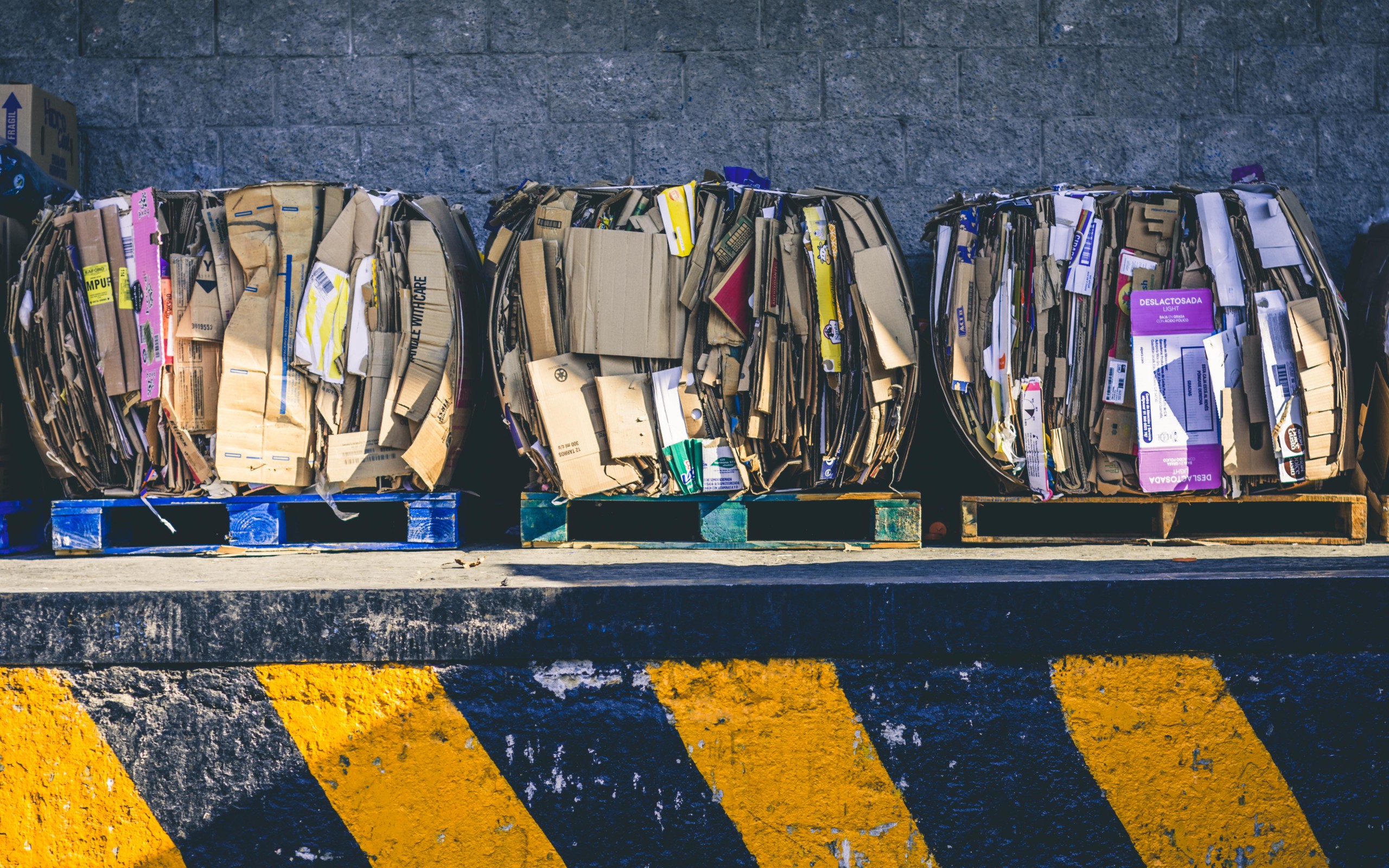
#2 plastic recycling
Did you know that plastics take 500 to 1000 years to decompose in nature? So if Ludovít Štúr had thrown away a plastic bottle during his lifetime, it would still be decomposing by the year 2300. Plastics make up 11% of our waste, and a family of four produces up to 150 kg of plastic per year. This adds up to an estimated 204 million kilograms of plastic per year. Some plastics cannot be recycled – precisely because they are not sorted properly – and end up in landfills or incinerators. It is therefore very important to know what plastics we can throw into the yellow bins.
In order to better sort plastics, it is good to know the breakdown of plastics according to the materials from which they are made:
– PET – or Polyethylene Terephthalate – the most commonly used plastic for the production of plastic bottles. Bottles that are sorted are most often used to make new bottles. Or they are used to make various fashion accessories, packaging, sleeping bags, etc,
– HDPE – better known as microtene,
– PVC – polyvinyl chloride – often known in products such as linoleum, protective gloves, cables, hoses, etc,
– LDPE – low density polyethylene – used primarily for film or bags,
– PP – polypropylene – used for ropes and twine. In our offer you can find for example PP adhesive tapes,
– PS – polystyrene – PS products are mostly clear – test tubes, laboratory equipment. Furthermore, there are e.g. CDs, DVDs or the well-known polystyrene boards.
So what belongs in the yellow containers?
PET bottles definitely belong in the yellow containers, and don’t forget to squeeze them before throwing them away. Also included are various food packaging (ketchup, mustard, yoghurt), foil, plastic bags and sacks, cosmetic and cleaning product packaging. The following plastics are therefore included in the yellow bin: PET, HDPE, LDPE, PP and PS. Never throw PVC packaging, packaging from corrosives and hazardous substances into them. Now we can also dispose of some metal or cardboard packaging in plastics. But first, make sure that the company that takes the waste from your town or village can sort and process it. You can always find this information on the container itself.
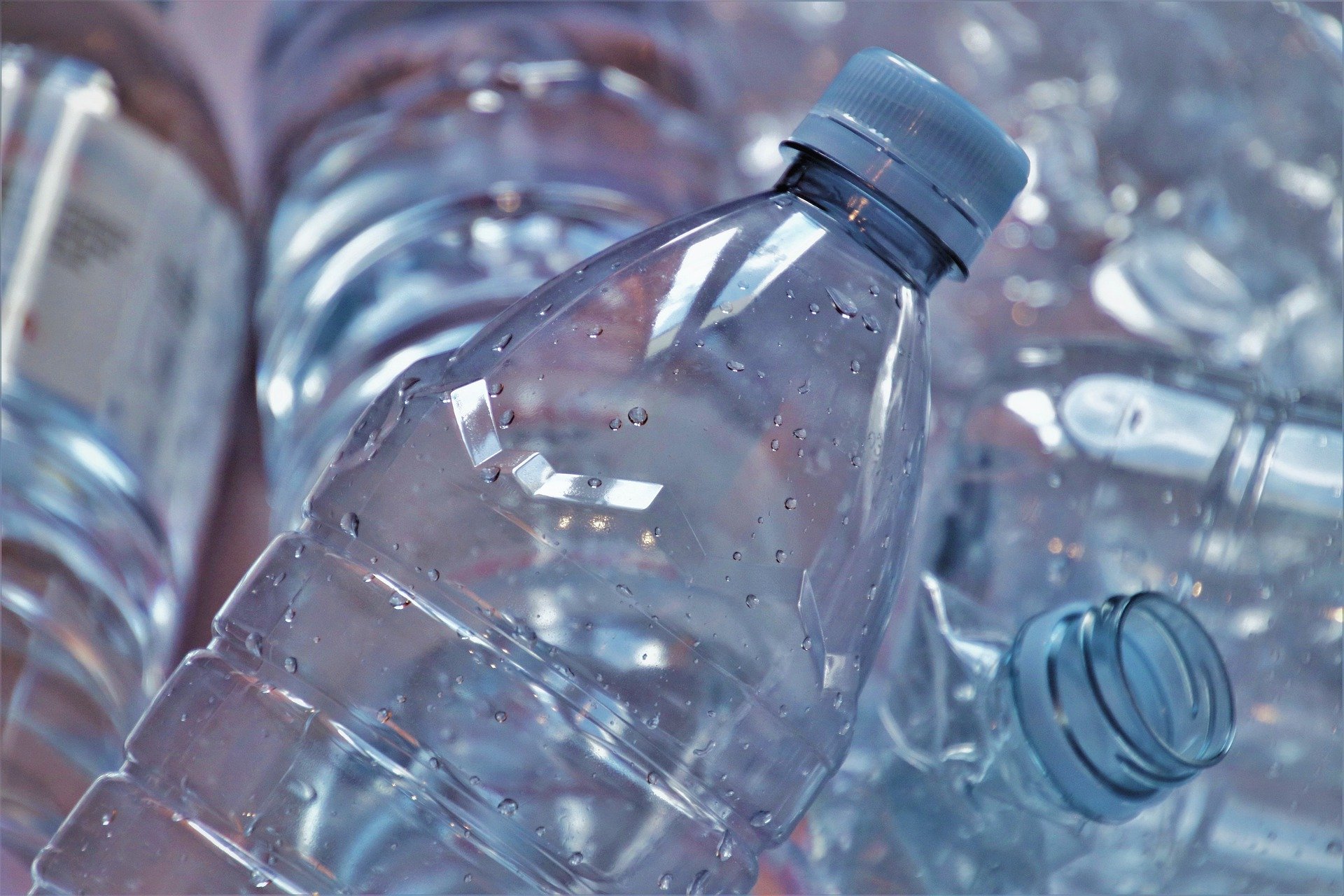
#3 glass recycling
Recycling glass saves energy – recycling 1 glass bottle saves as much energy as we would use in 25 minutes on the computer. Glass takes the longest to decompose in nature of all waste – up to 4,000 years. If Tutankhamun had thrown away a glass jar during his lifetime (1333-1323 BC), we would still be able to admire it in a museum today, alongside his mummy. Glass belongs in green containers. We can throw in them white and coloured clean glass of different sizes, shards, fragments of plate glass. Do not throw mirrors, cooking or laboratory glass, technical glass, glass bottles of chemicals, glass combined with other materials (wire glass), light bulbs, Plexiglas or TV screens into the green containers.
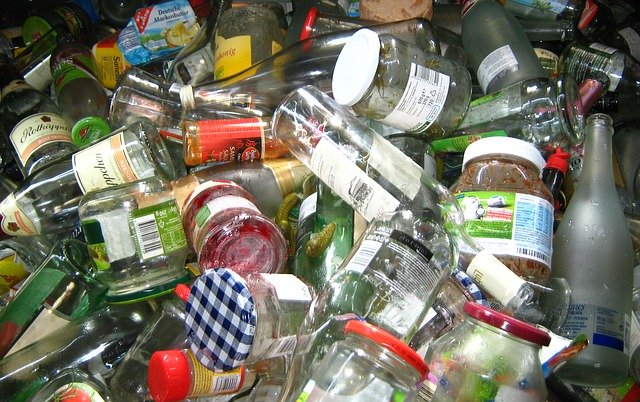
#4 beverage carton recycling
Did you know that beverage cartons are not paper? It is a so-called multi-layered composite material, which is made up of several types of material. Beverage cartons make up approximately 3% of the waste stream by weight. However, around 5,000 tonnes of them end up in landfill each year. Beverage cartons belong in orange containers. We can throw unsoiled beverage cartons (juice, dairy, wine and other beverage containers) into the containers. Remember to squeeze the packaging before throwing it in the container.
#5 recycling of metal packaging
A can thrown away in the countryside takes up to 500 years to decompose. If the painter Andy Warhol had thrown away the can after he painted it, it would still be decomposing in nature by the year 2462. Metals make up 4% of the waste produced. Metals belong in the red bins and we can throw away drink cans (preserves), aluminium cosmetic products, aluminium foil (yoghurt lids, cream lids), aluminium tealight wrappers. Be sure to squeeze metal cans before throwing them away. Be sure not to dispose of scrap metal contaminated with chemicals, large and sharp metal objects, dirty packaging.
So there you have it, sorting waste is not rocket science! If we all sort honestly we give waste a second chance at life, we save natural resources and our own money, we also save energy, we reduce the amount of waste going to landfill and, most importantly, we protect the environment and contribute to climate protection.
(Source: www.naturpack.sk)











